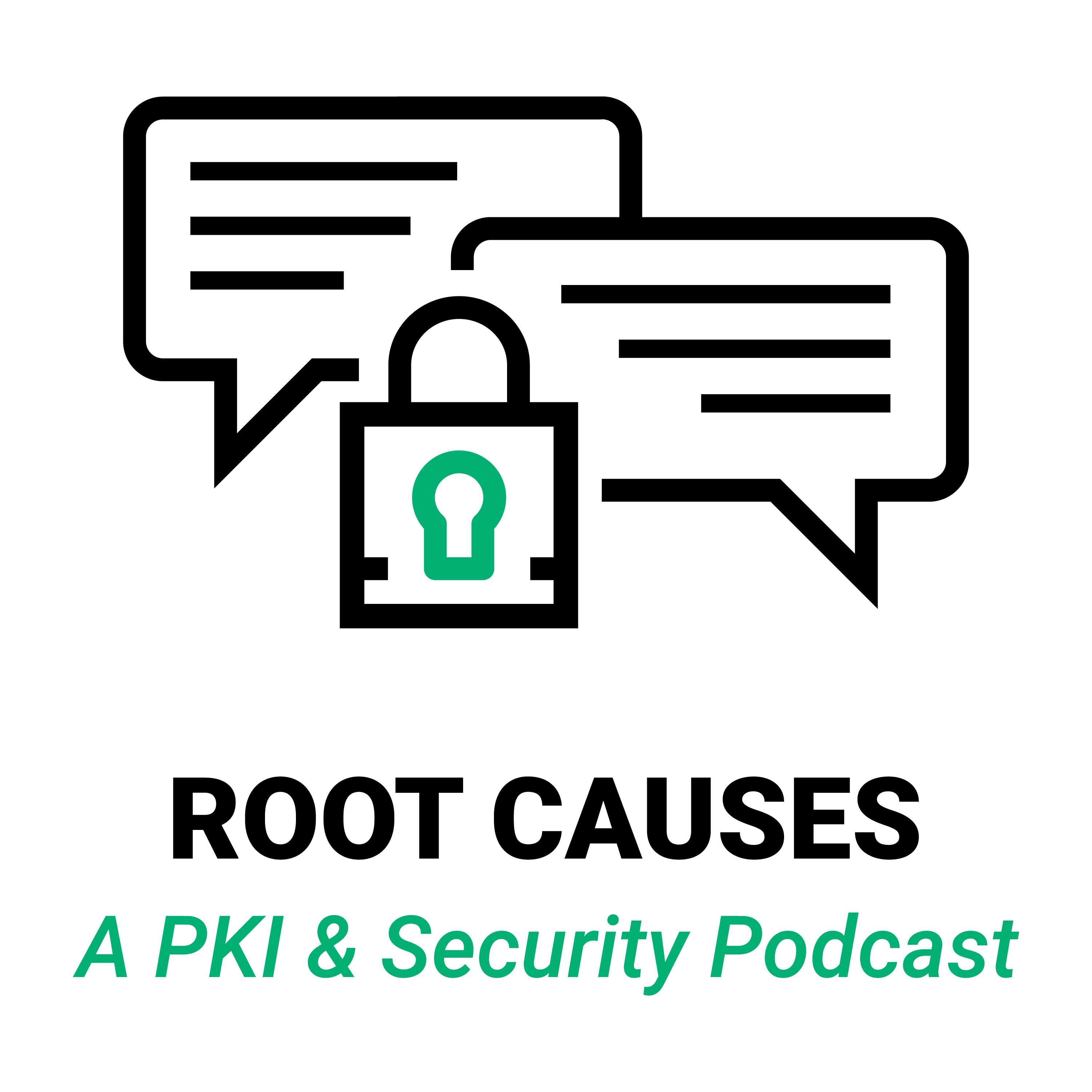-
Learn More
Authenticating with certificates? Stop. What you must change by 2026
Blog Post from Sectigo
 Blog Post Jun 26, 2025
Blog Post Jun 26, 2025Public CAs will drop TLS client auth by May 2026. Switch to private CA and CLM now to secure VPNs, Wi-Fi, mTLS, and device identity workflows.
-
Learn More
The role of crypto-agile PKI in your enterprise's security
Blog Post from Sectigo
 Blog Post Jun 01, 2025
Blog Post Jun 01, 2025Legacy PKI slows digital transformation. Modern, automated PKI enables agility, reduces risk, and supports cloud, DevOps, and Zero Trust initiatives.
-
Learn More
Why certificate chaos is undermining your compliance strategy
Blog Post from Sectigo
 Blog Post May 29, 2025
Blog Post May 29, 2025Poor certificate management risks compliance. Centralized PKI ensures policy enforcement, audit readiness, and strong governance across digital systems.
-
Listen Now

EPISODE 493
Broadcast Date:
May 8, 202512 minutes
 Podcast May 08, 2025
Podcast May 08, 2025Root Causes 493: Disentangling Public & Private Certificate Use Cases
Changing root store requirements mean CAs must separate their root hierarchies for different certificate types. We explain why enterprises should consider private CA for some use cases.
-
Learn More
Reasons to replace Microsoft Certificate Authority (AD CS)
Blog Post from Sectigo
 Blog Post Apr 11, 2025
Blog Post Apr 11, 2025AD CS can’t meet modern demands. Discover why enterprises are replacing it with automated CLM platforms that scale and secure today’s digital ecosystems.
-
Learn More
How to transition from Microsoft AD CS to a private CA
Blog Post from Sectigo
 Blog Post Jan 13, 2025
Blog Post Jan 13, 2025Switch from Microsoft AD CS to a private CA for better security, automation, and scalability in modern hybrid and cloud environments.
-
Download Now
Sectigo as your private Certificate Authority (CA)
Datasheet from Sectigo
 Datasheet Sep 03, 2024
Datasheet Sep 03, 2024Private CAs enable organizations to issue internal certificates, providing them with the ability to have complete control over encryption, authentication, and signing within their networks. They ensure device and workload security, provide flexible certificate management, and maintain confidentiality by not exposing internal information to external sources.




